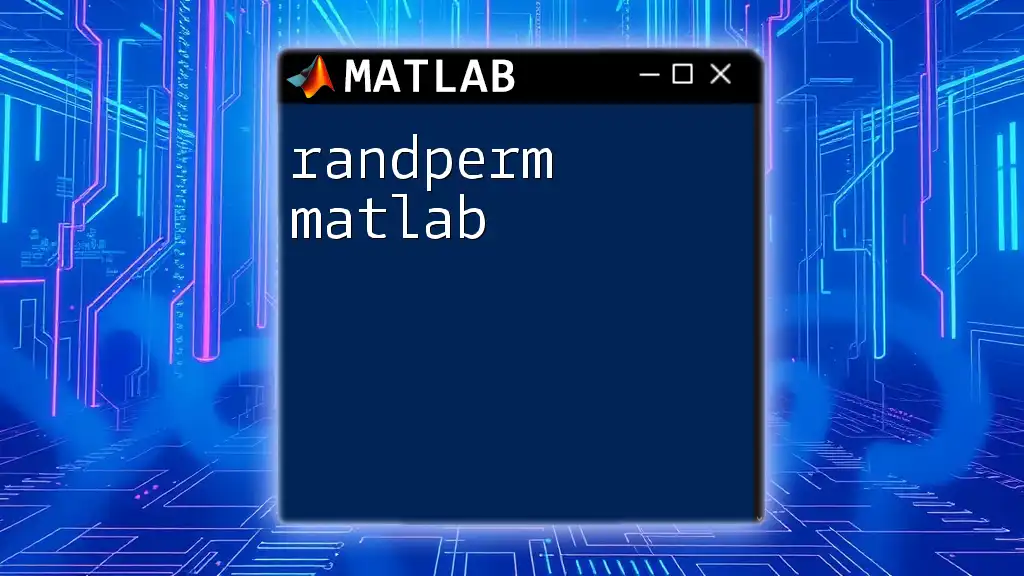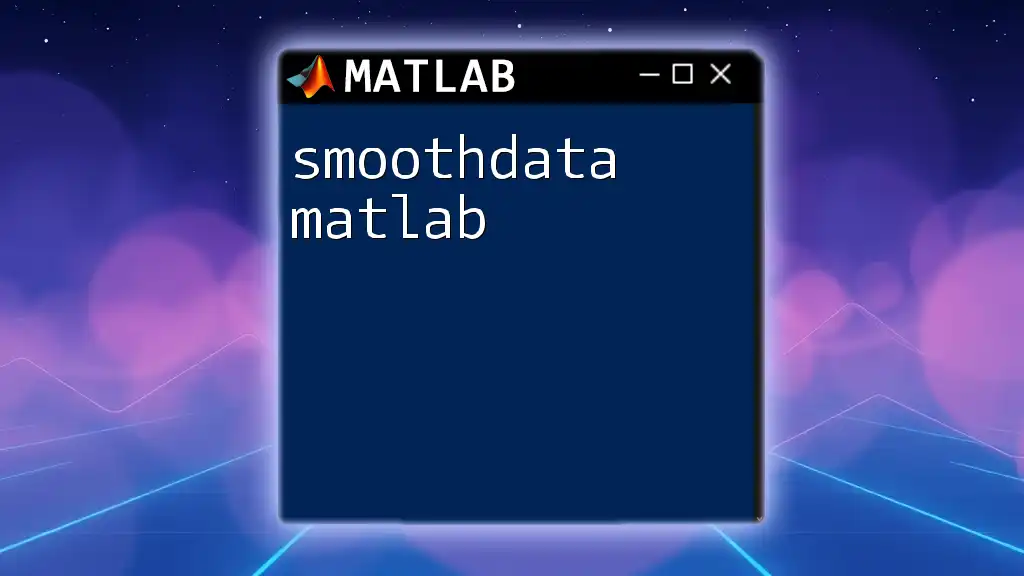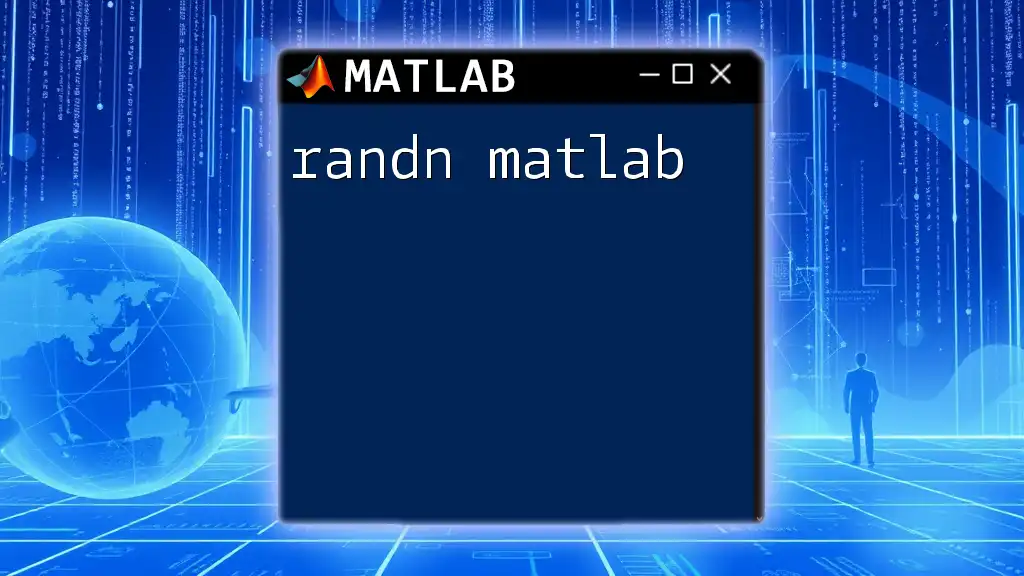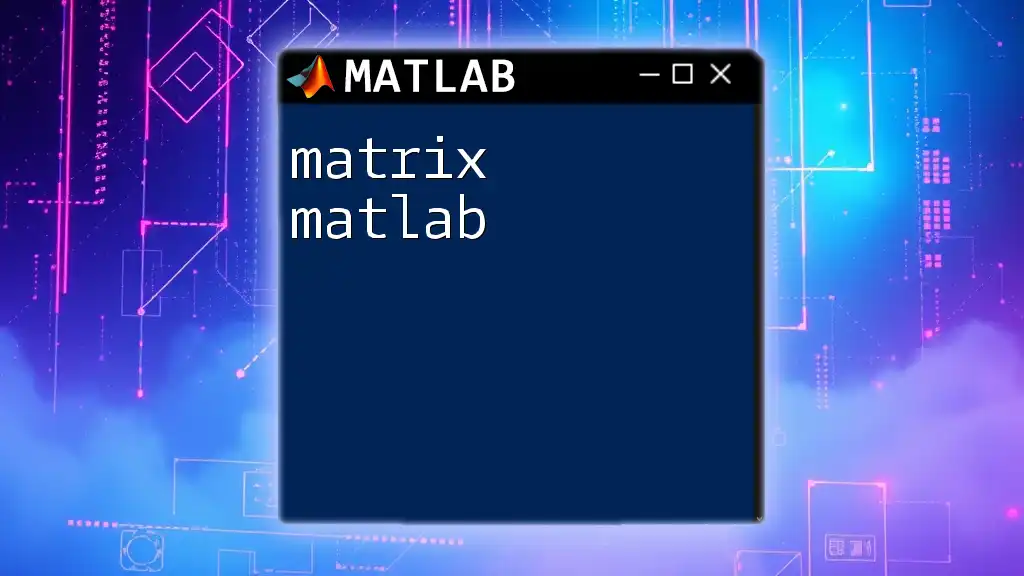The `datenum` function in MATLAB converts date and time into a serial date number, which is useful for performing date arithmetic and comparisons.
d = datenum('2023-10-10 12:30:00');
Understanding Datetime in MATLAB
What is Datetime?
In MATLAB, date and time are essential for a variety of applications such as data analysis, engineering calculations, and simulations. MATLAB has built-in support for handling date and time data, allowing users to easily manipulate this information for their computational needs.
Introduction to Date Formats
MATLAB recognizes various date formats, such as `dd-mm-yyyy` or `mm/dd/yyyy`. Understanding these formats is crucial for effectively using date-related functions. By knowing how to format and interpret dates correctly, users can avoid confusion and ensure accurate data processing.
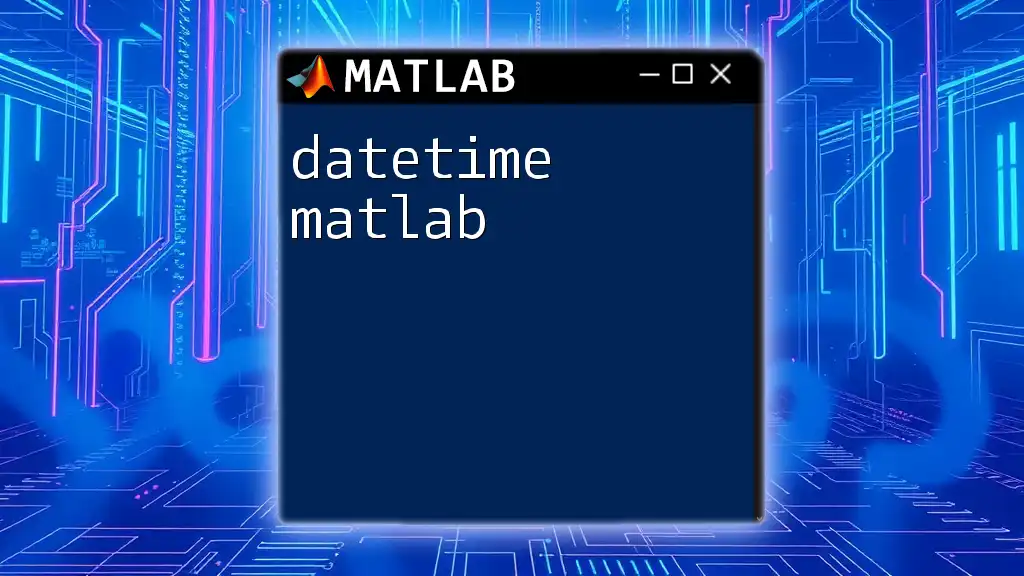
The `datenum` Function
What is `datenum`?
The `datenum` function in MATLAB is pivotal for converting date strings or date vectors into serial date numbers. Serial date numbers are a convenient way to represent dates as continuous numbers, simplifying arithmetic operations involving dates.
Syntax and Parameters
The basic syntax for `datenum` is as follows:
dn = datenum(dateString)
- dateString: This parameter represents the input date as a string. The function accepts various formats, such as `'dd/MM/yyyy'`, `'dd-MMM-yyyy'`, or even full timestamps.
Example Usage: To illustrate the use of `datenum`:
dn = datenum('25-Dec-2023')
This command converts the date string `'25-Dec-2023'` into a serial date number, which can then be used for further date calculations.

Practical Applications of `datenum`
Conversion Examples
Conversion is one of the primary uses of `datenum`. Here are some practical examples:
Example 1: Simple Date String Conversion
For a straightforward conversion:
dn = datenum('01-Jan-2023')
This command returns the serial date equivalent, allowing easy numerical manipulation.
Example 2: Handling Different Formats
If you prefer a different format, specify the format string:
dn = datenum('12/25/2023', 'mm/dd/yyyy')
In this instance, the format string guarantees that MATLAB interprets the input correctly.
Working with Date Vectors
A date vector is another way to handle dates, formatted as `[year, month, day, hour, minute, second]`. This format is particularly useful when you need to specify more than just the date itself.
Example: Date Vector Conversion
Create a date vector and convert it:
dv = [2023, 12, 25, 0, 0, 0];
dn = datenum(dv);
In this example, the date vector specifies Christmas day with time set to midnight, allowing for precise date manipulation.
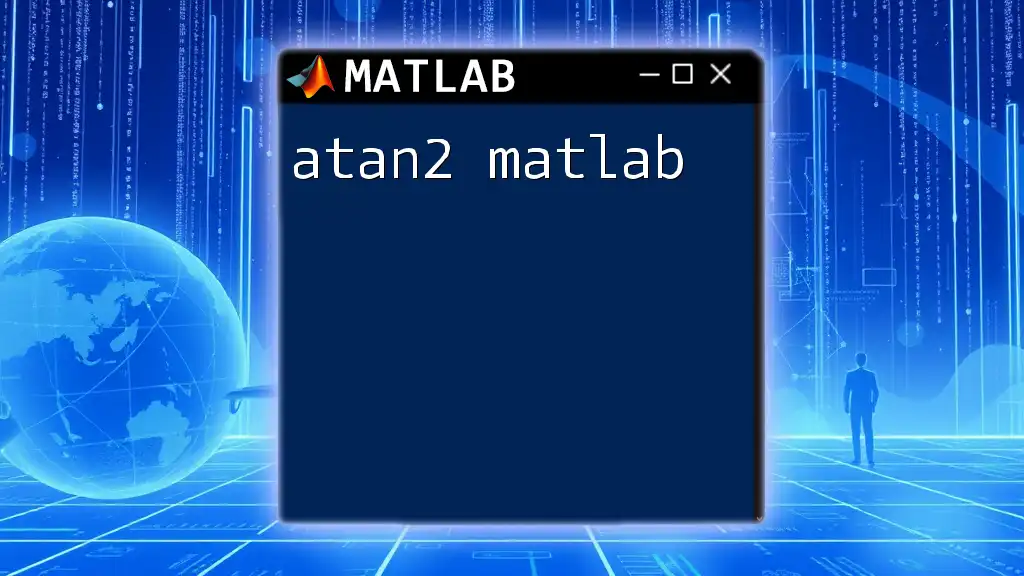
Manipulating Dates with `datenum`
Calculating Differences
With `datenum`, you can easily calculate the difference between two dates, which is critical in many analytical tasks.
Example of Date Difference
Here’s how to find the difference between two dates:
dn1 = datenum('01-Jan-2023');
dn2 = datenum('31-Dec-2023');
diff = dn2 - dn1;
In this example, the variable `diff` holds the number of days between January 1, 2023, and December 31, 2023.
Date Arithmetic
Using `datenum`, you can also add or subtract days to/from a specific date. This capability is particularly useful for scheduling and timeline calculations.
Example: Adding Days
To find a date 30 days later, use:
dn = datenum('01-Jan-2023') + 30; % 30 days later
This example calculates the new date and illustrates how easily date arithmetic can be performed with `datenum`.
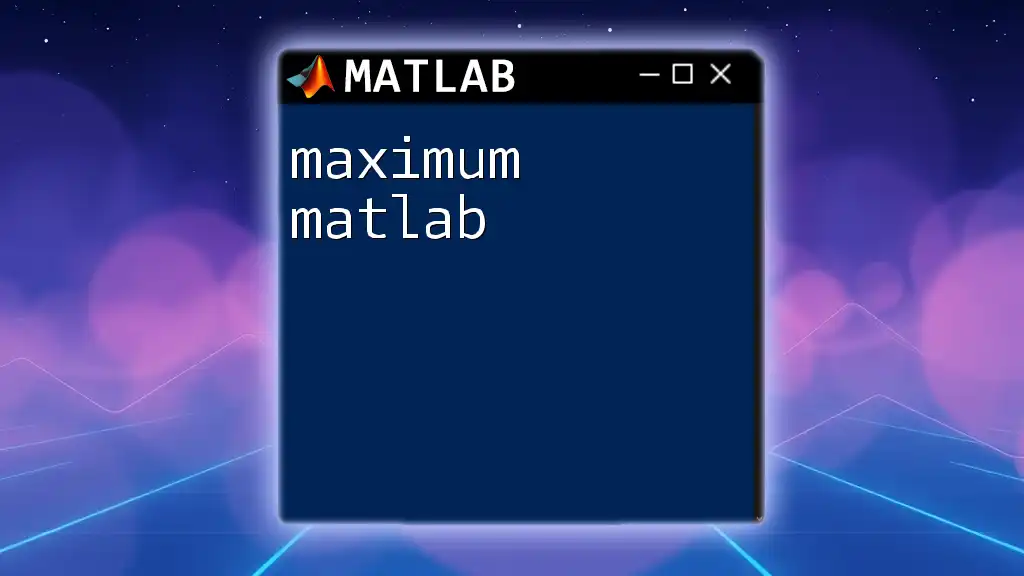
Visualizing Dates in MATLAB
Plotting Date Data
A remarkable feature of `datenum` is its compatibility with MATLAB's plotting functions. Using serial date numbers in graphics allows for easy and interpretable data visualization.
Example: Creating a Simple Plot
Here’s how you can plot date data:
x = [datenum('01-Jan-2023'), datenum('02-Jan-2023'), datenum('03-Jan-2023')];
y = [10, 20, 30];
plot(x, y);
datetick('x', 'dd-mmm-yyyy'); % Format the x-axis labels
In this case, the `datetick` function reformats the x-axis labels for clarity, making the output graph intelligible at a glance.

Common Errors and Troubleshooting
Handling Invalid Date Strings
One common error when using `datenum` arises from providing an invalid date string. If MATLAB cannot recognize the format, it will return an error. To troubleshoot such issues:
- Ensure format correctness: Check that the input string matches one of the supported formats.
- Use try-catch structures: To handle errors gracefully in your scripts.
Performance Tips
When working with large datasets, keep in mind that excessive calls to `datenum` can impact performance. It’s advisable to minimize the number of date conversions by:
- Preprocessing dates in batches.
- Utilizing vectorized operations where possible.

Alternatives to `datenum`
Introduction to `datetime`
Since R2014b, MATLAB introduced the `datetime` type, providing a more robust way to handle date and time data. This type includes features that offer significant advantages over traditional serial date numbers.
- Example of Using `datetime`
With `datetime`, creating a date is straightforward:
dt = datetime('25-Dec-2023');
`datetime` supports time zones, calendar types, and is directly comparable, improving functionality and flexibility.
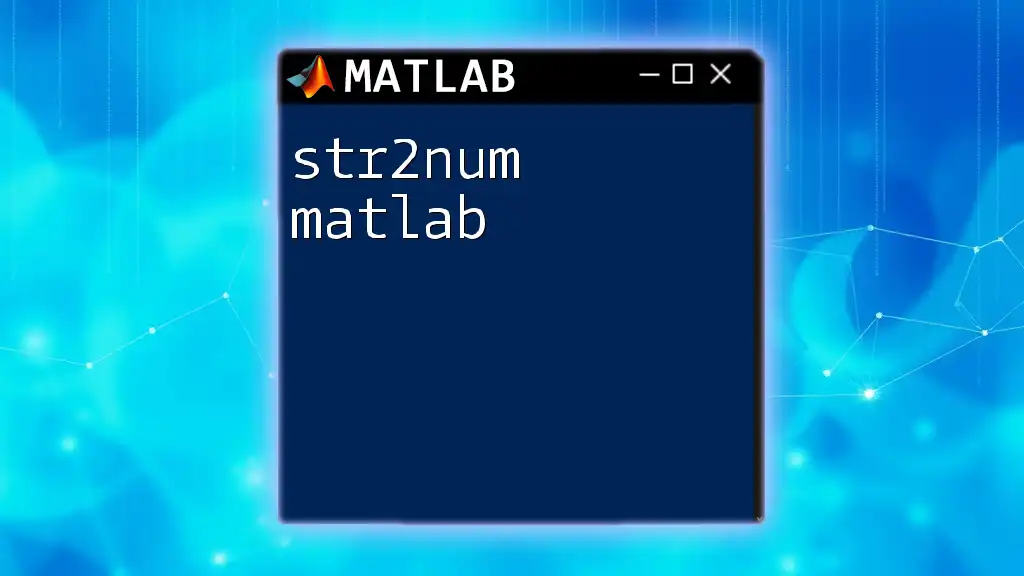
Conclusion
In summary, the `datenum` function plays a crucial role in MATLAB's date and time manipulation capabilities. By understanding its syntax, applications, and how to manipulate date data effectively, users can handle time-series data with ease. Embrace the power of `datenum matlab` in your MATLAB projects, and explore the vast possibilities that date manipulation opens up in your analyses.







